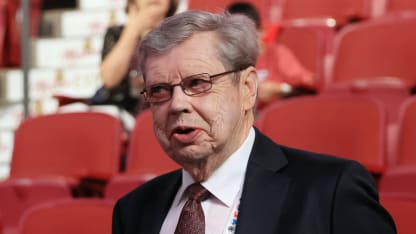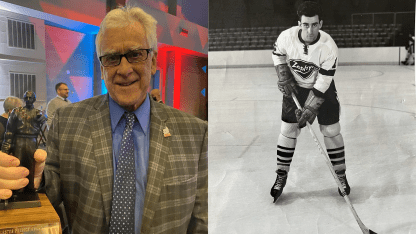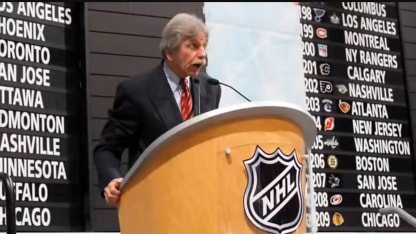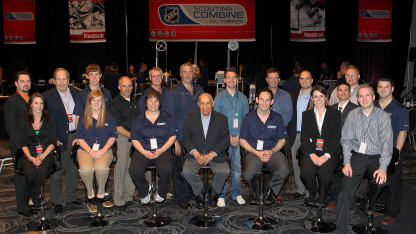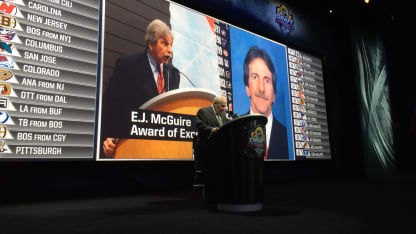The creation of NHL Central Scouting was initially conceived as a way of deepening the NHL talent pool and remaining at the forefront as the best hockey league in the world.
The bureau, which celebrates 50 years this season, not only has become a fixture for NHL member clubs with its traditional rankings and player evaluations dating to 1975-76, but has served as the foundation to building an even stronger NHL Scouting Combine and NHL Draft.
"The World Hockey Association was going after NHL players and prospects, too," said Craig Button, TSN hockey analyst and son of NHL Central Scouting's first director, Jack Button (1975-79).
The 1974 NHL Draft was the first time the League allowed each of the then-18 member clubs to draft one underage player (18 years old). Prior to that, the draft age was 20.
"The NHL had been discussing the concept of a centralized scouting system for years, wanting to make sure they were competing with the WHA for players," Button said. "My dad was (general) manager of the Pittsburgh Penguins at that time but was let go by the new ownership group after the 1973-74 season when the team went bankrupt. (NHL president) Clarence Campbell and (New York Rangers general manager/coach) Emile Francis really pushed the Central Scouting idea, and my dad had been part of these discussions. When he became available, they said, 'We got the perfect guy to do it now.'
"(New York Islanders GM) Bill Torrey, (Montreal Canadiens GM) Sam Pollock and (Atlanta Flames GM) Cliff Fletcher had a big say in this because they were in the same age bracket as my dad. So the first part of Central Scouting was born with a staff of about seven or eight full-time members ... people who went on to become directors of scouting with other NHL franchises. My dad had an unbelievable staff of people."
The mandate was simple and remains a staple today: Provide NHL member clubs with the most accurate and detailed description of the top amateur players eligible for the upcoming NHL Draft from North America and Europe.
"They kept it away from the public eye," Button said. "They wanted it to be very secretive in terms of the rankings and who they liked. The WHA was coming in hard, signing players to big contracts, and offering these young players contracts. Central Scouting didn't want to give away any information because there were lots of scouts at the same rinks watching the same players."
That hasn't changed over the years and through the eyes of four other directors, including the late Jim Gregory (1979-88), the late Frank Bonello (1988-2005), the late E.J. McGuire (2005-11) and currently, Dan Marr (2011-present).
Gregory not only played a key role in enhancing what Central Scouting envisioned from the start but was the architect in creating a Central Scouting bureau in Europe in 1983 that would be managed and directed by Goran Stubb.

